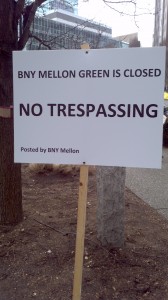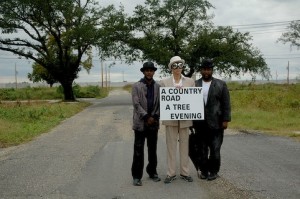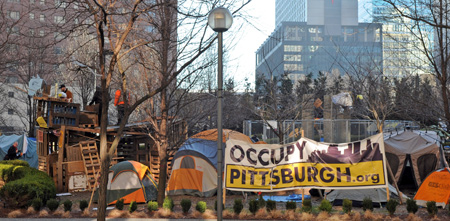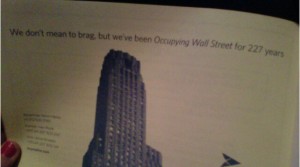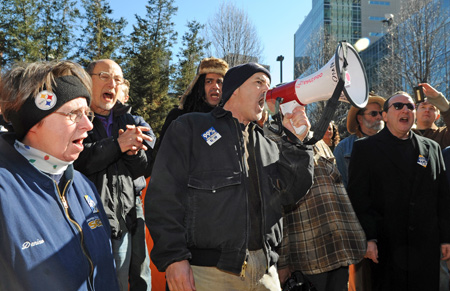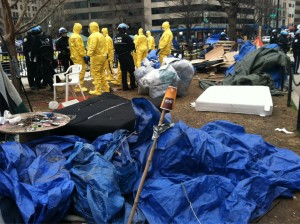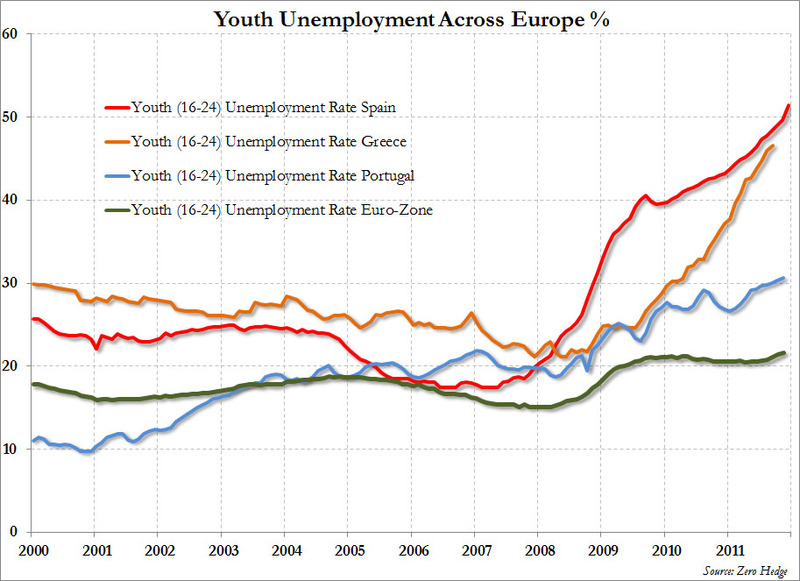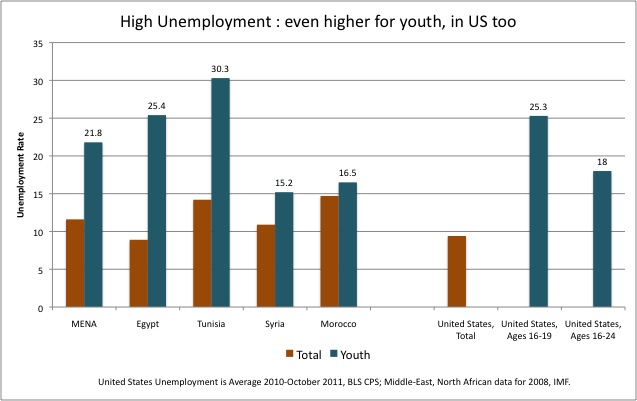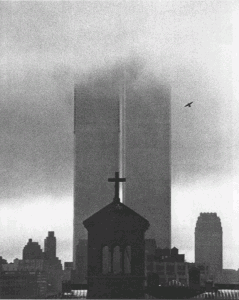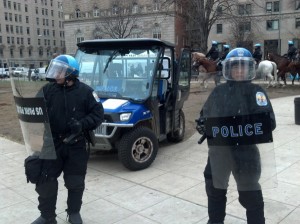This week we’ve seen a very public attempt to pathologize Occupy and purported violence within the movement, even as I happened to see a very private closure of an Occupy in Pittsburgh. I’ve been reading Elisabeth Roudinesco’s history of the committed French intellectual, Philosophy in Troubled Times. She begins with Georges Canguilhem, Foucault’s adviser and the author of the classic The Normal and the Pathological. Canguilhem had to abandon the pacifism he adopted in the aftermath of World War 1 when confronted with fascism. In 1943, he defended his thesis defining the modern formation of the normal as that which was not pathological, while active in the Resistance. My point is not that these were real choices compared to ours but that it was every bit as difficult to make them, even though they now seem so clear.
In Pittsburgh, there was a privatized eviction of Occupy Pittsburgh by BNY Mellon. In New York, the NYPD cleared Zuccotti for Brookfield who now place rent-a-cops in the space. In Pittsburgh, the bank did it. Here’s the sign they posted:
It is now the bank that occupies the park and anyone else who might remain is a trespasser. As befits this activism, BNY Mellon has a Political Action Committee:
Our PAC makes contributions to U.S. federal candidates, a limited number of state and local candidates, and campaign committees and other PACs. When making specific contribution decisions, the PAC considers a number of factors, including the candidates’ positions on issues related to our business, their leadership positions, legislative committees and communities they represent.
According to their filing with the Federal Elections Commission, BNY Mellon raised about $112,000 in the second half of 2011. None was spent on any specific election and will presumably be used this year, for which data is not yet available. Any wild guesses as to how it might be spent? All such information is, under current law, private.
In public, some leading figures in Occupy have decided to attack each other rather than engage with these or similar actions. Financial journalist Chris Hedges, who might have been able to shed light on the matter, this week decided instead to pronounce that the so-called “black bloc” are a “cancer in the Occupy movement.” Hedges, who has covered Occupy widely, published a long, rather rambling attack on the anarchist “black bloc” as being a direct attack on the “organized left.”
For Hedges, the “criminal…hypermasculinity…[and] inchoate rage” of the black bloc are linked to the violence of the First World War via Erich Maria Remarque’s 1929 classic All Quiet on the Western Front. It would be just a few years after the novel was published that Canguilhem set aside his pacifism in response to the rise of the Nazis. I’m not saying we face a rise of Nazism now: I’m worried that the parallel is not helpful.
David Graeber has written a detailed reply to Hedges that makes the violence inherent in referring to people as “cancer” very clear. In Canguilhem’s terms, a cancer is the pathology of all pathologies. We cut it out, bombard it with radiation, saturate it with toxic chemicals. Very often it wins anyway. Like many people, I know this at first hand. You don’t do this, or make a verbal parallel, because people engage in the “shouting of insulting messages to the police,” as Hedges has it. That would have made all of ACT UP part of the Black Bloc, as Jodi Dean points out. To be exact, it makes almost everyone I know part of the Black Bloc.
It is no doubt not worth worrying about this too much at the level of its logic, except that it looks very much like a high-profile supporter preparing to abandon the movement. There was also an attempt this week to create concern that the Direct Action working group of OWS were abandoning non-violence. It was a bad misreading of their proposal to the General Assembly but it suggests that a range of people are ready to end their involvement with Occupy.
What we’re finding is that the state may be succeeding in turning Occupy into an occupation. In the Occupied Territories, it is always, in the joint view of the U.S-Israel government, the responsibility of the occupied to renounce all violence in all its forms. The precise nature of the violence to be renounced can be modified to meet given needs. Now that Israel has decided that there must be a “zone of immunity” in Iran, for instance, the US is scrambling to respond. Using the logics of counterinsurgent biopolitics, such discourse renders the body politic of Israel “normal” and that of Iran “pathological.” Only a zone of immunity–which has no meaning–can protect the good normal body from the pathological one. The immune system has exteriorized itself in this image into a wall of separation.
If part of Occupy is a cancer, then the “organized left” will need to declare a “zone of immunity.” It will heed the (meaningless) claim of the Oakland police that activists used “Improvised Explosive Devices,” the signature weapon of asymmetric insurgency in Iraq and Afghanistan. The “normal” will have to extirpate the pathological in order to survive. Let’s not go there.

